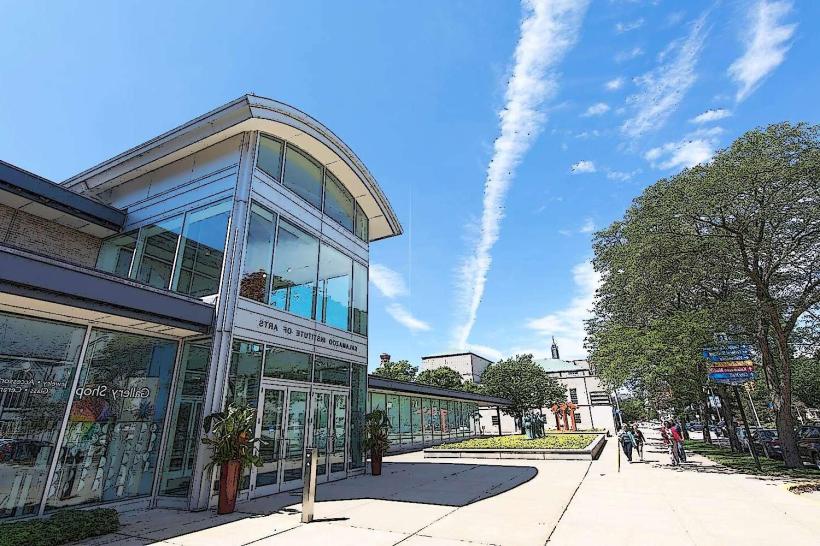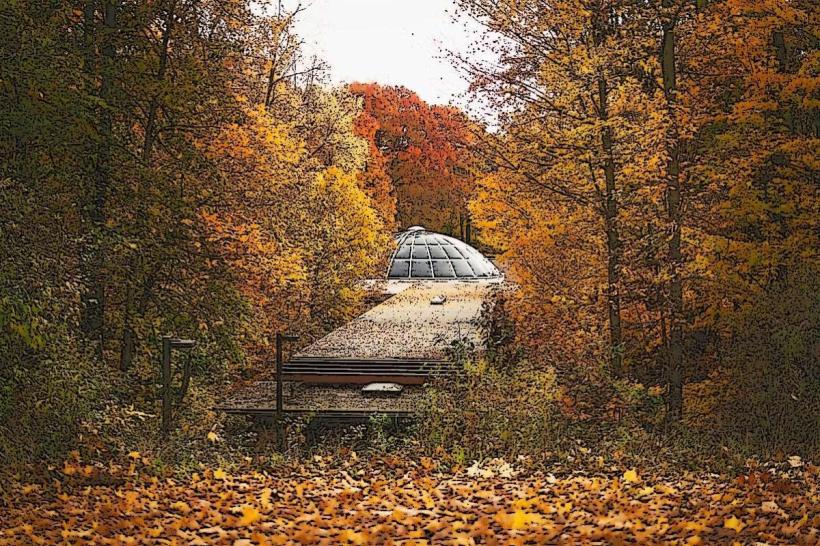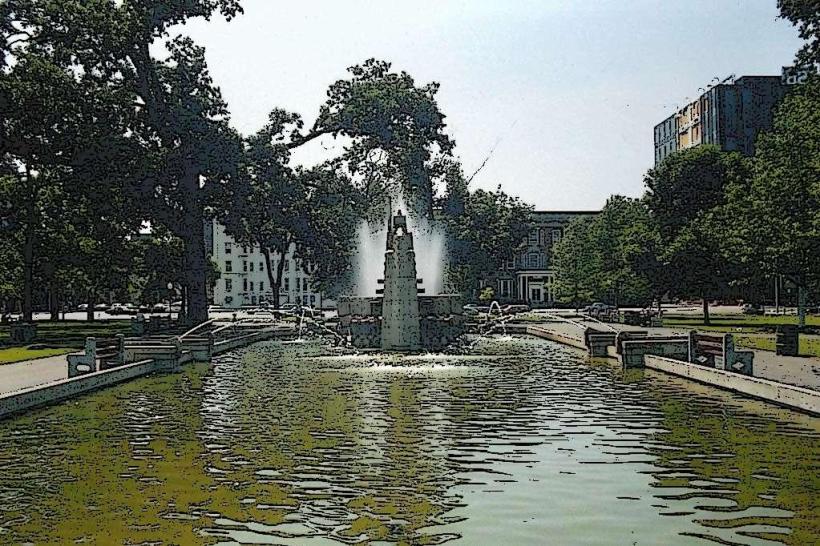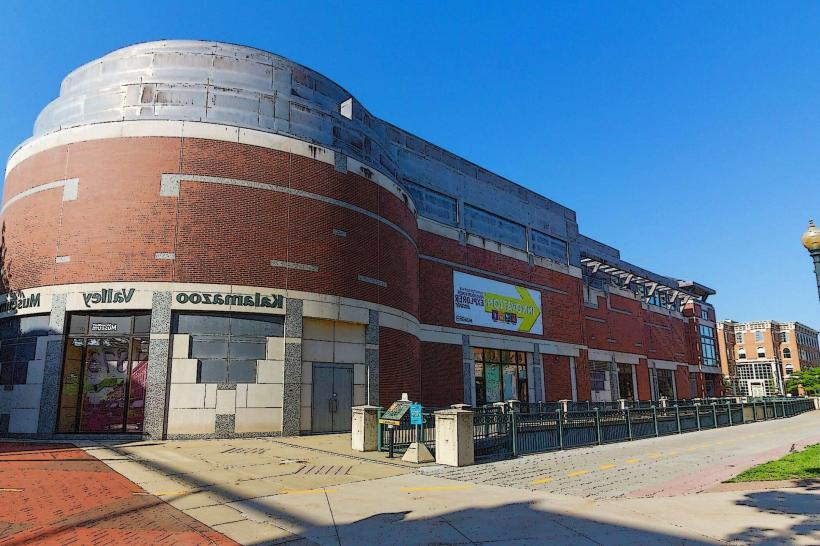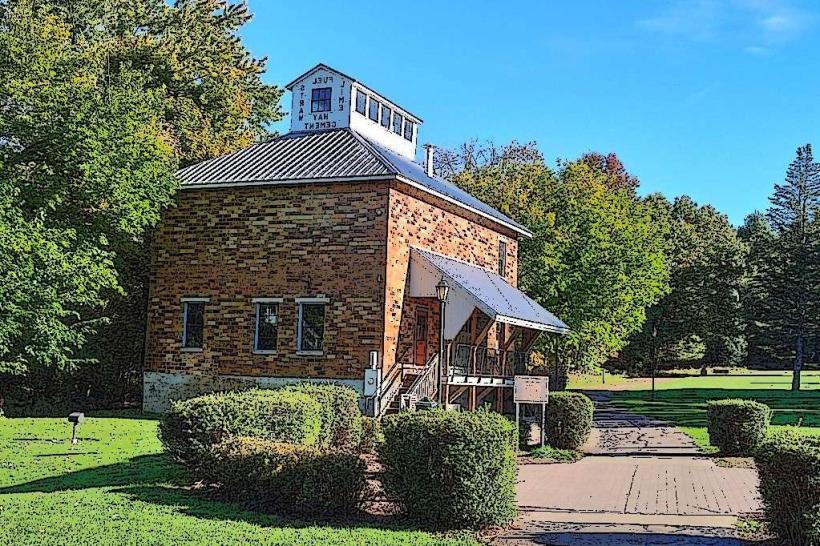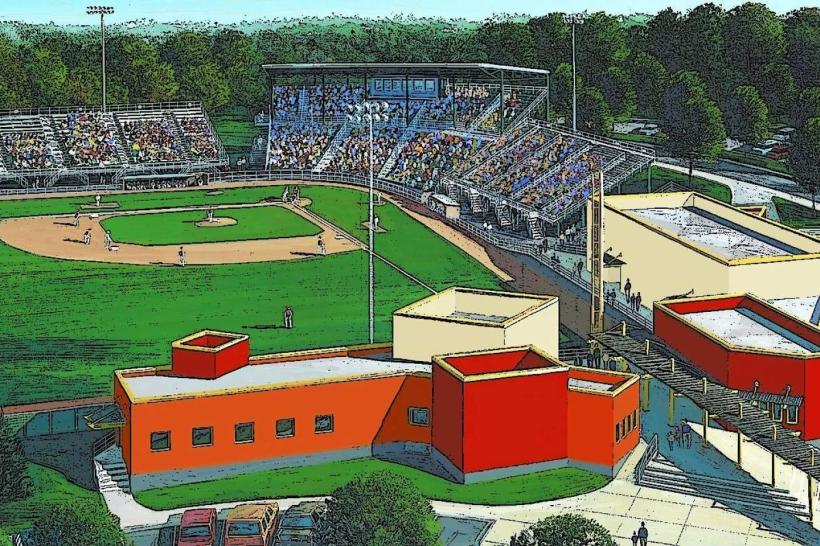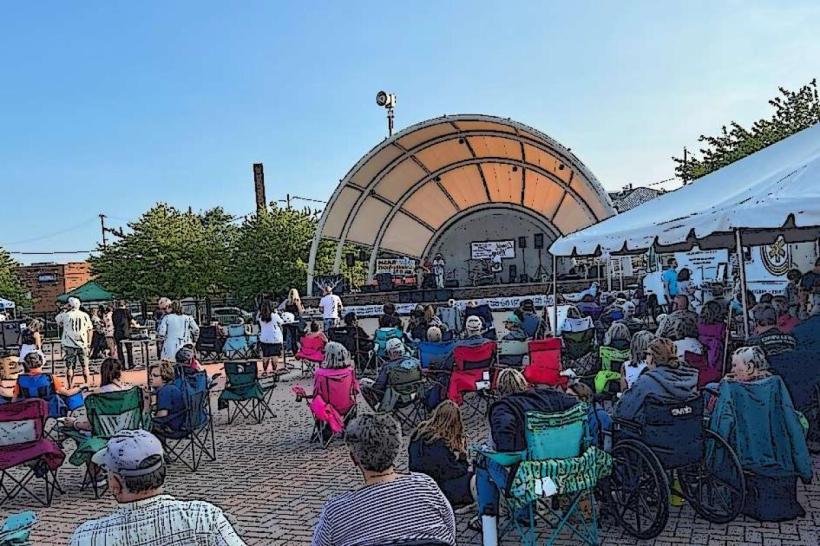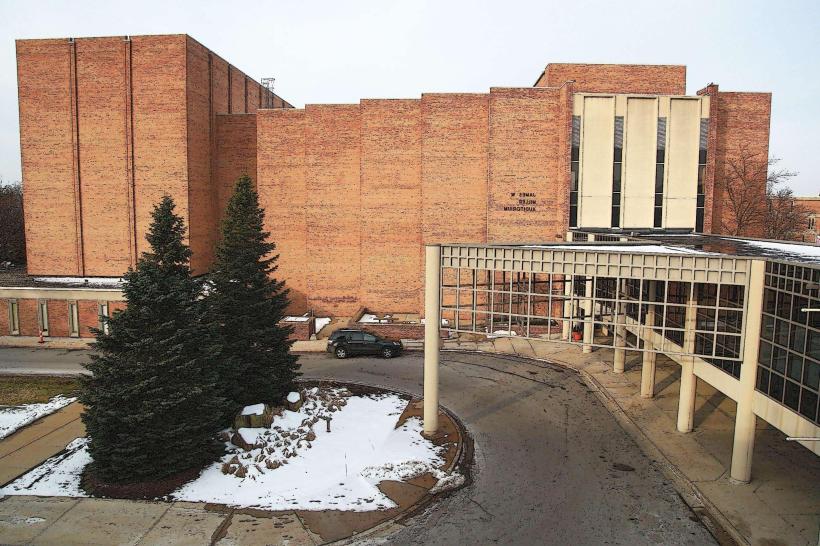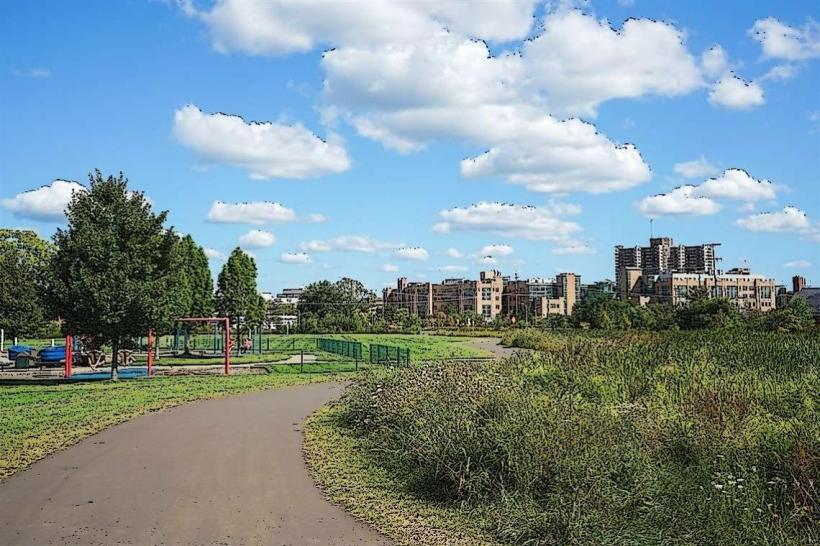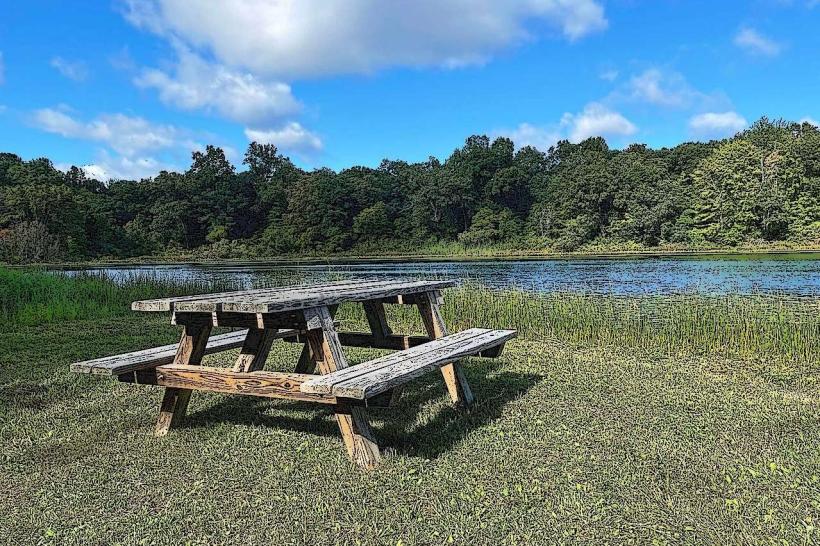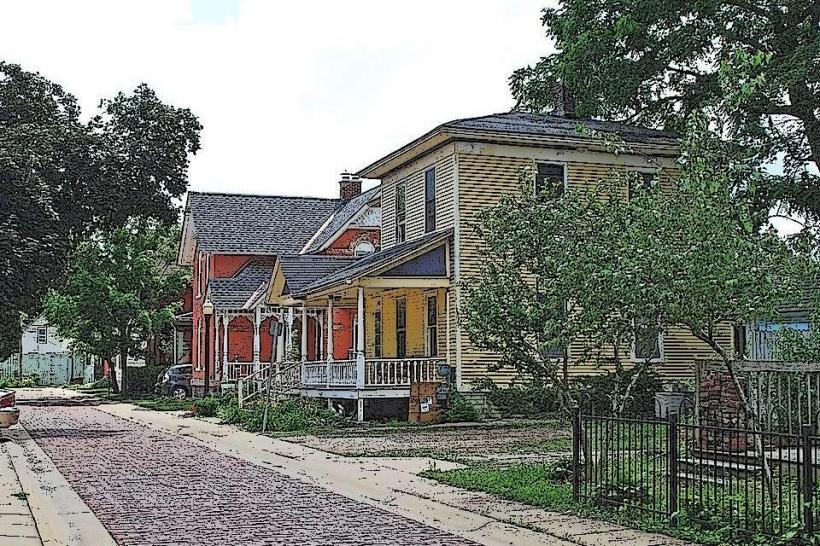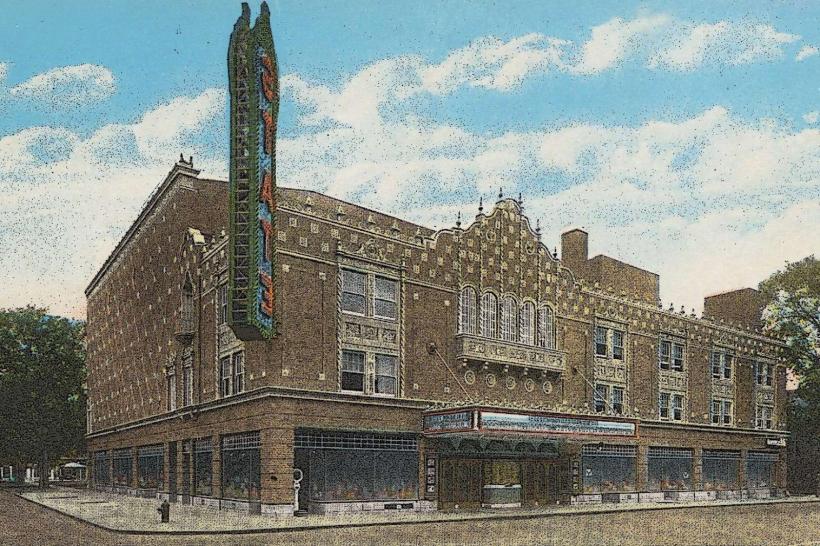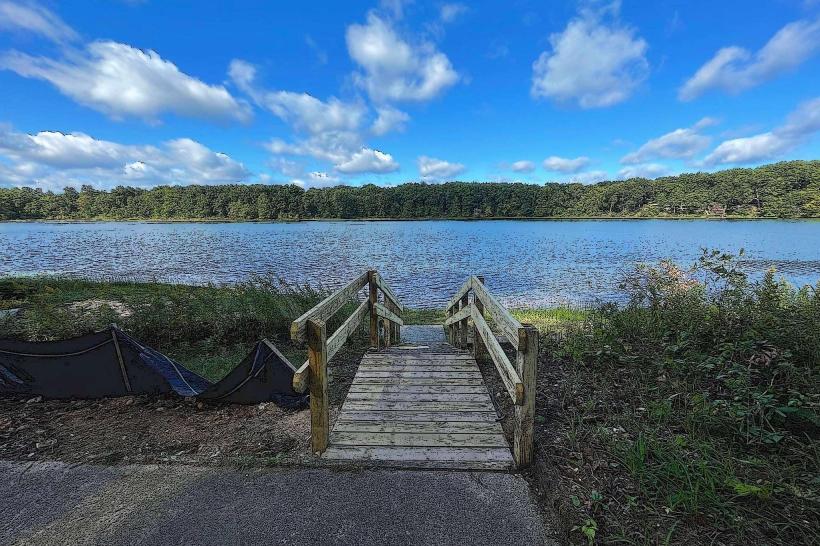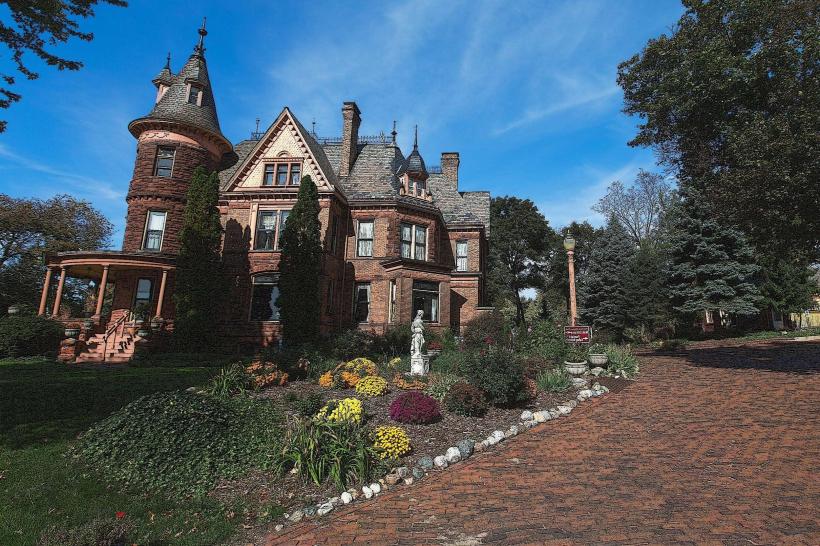Information
Landmark: Portage Creek Bicentennial ParkCity: Kalamazoo
Country: USA Michigan
Continent: North America
Portage Creek Bicentennial Park, Kalamazoo, USA Michigan, North America
Overview
In Portage, Michigan, Portage Creek Bicentennial Park stretches across 200 acres, weaving a long ribbon of trails and woods that work as both a nature preserve and an urban greenway, to boot it’s one of the city’s prized places to unwind, blending quiet stretches of preserved woodland with stories from the past and the fresh pull of modern trails and picnic spots.Built for the United States Bicentennial in 1976, the park has grown into a lively gathering location, connecting neighborhoods, winding trails, quiet waterways, and historic landmarks across the city, furthermore layout and Access: The park stretches north to south, tracing the winding path of Portage Creek.You can get to it from several entrances, making it easy to reach whether you’re coming from the busy market or a quiet side street, then one main entrance is the North Trailhead on Kilgore Road (424 E Kilgore Rd), which leads to the trail’s northern end and offers plenty of parking under a row of tall oaks.The Milham Avenue entrance at 910 E Milham Ave serves as the park’s main gateway, sitting right in the middle and opening onto trails, picnic spots, and playgrounds, then southern Access via Celery Flats (7335 Garden Ln) connects straight into the Celery Flats Historical Area, where visitors wander past historic barns and shaded trails-a centerpiece of the park.The park’s heart is the Portage Creek Bicentennial Trail-a 3.5‑mile paved path where cyclists hum past and walkers hear their footsteps echo-running the full length of the grounds, in turn it’s one link in a network of over eight miles of trails that stretch through and past the park, perfect for walking or jogging along its flat, scenic path shaded by tall trees and edged with wetlands dotted with radiant wildflowers.Cycling: The trail’s smooth asphalt and easy bends make for a comfortable ride, whether you’re a kid on a sparkling red bike or an adult out for a relaxed spin, in turn in parts of the park, restored wetlands ripple with life-herons lift off in measured arcs, ducks paddle between reeds, and turtles bask beside sunlit frogs.Along the trail, benches, bridges, boardwalks, and viewing decks appear at just the right spots, giving you a locale to pause and take in Portage Creek’s languid, glinting current, along with in winter, parts of the trail get cleared of snow, and a few restrooms stay warm, so walkers, cross-country skiers, and snowshoers can enjoy it all year-even when frost crunches underfoot.Portage Creek Bicentennial Park offers plenty of ways to kick back and have fun, from picnic shelters shaded by tall oaks to grills ready for burgers, along with you can rent a shelter or snag one on a first-come basis, perfect for family cookouts or neighborhood get-togethers.Families will find several playgrounds with luminous, modern equipment, especially by the Milham Avenue and Celery Flats entrances, meanwhile fishing spots along Portage Creek have marked access points, where anglers can cast a line when the season’s right and the water smells faintly of moss.Open fields and grassy lawns welcome casual soccer games, a quiet yoga stretch, or simply lying back to watch the clouds drift by, likewise restrooms are open all year, with heated stalls to keep the chill away in winter, somewhat Mind you, You’ll find these amenities scattered across the park, inviting play and family time while leaving the quiet rustle of the trees untouched, not only that at the park’s southern edge, you’ll find the Celery Flats Historical Area-a setting where local history comes alive and neighbors gather, sometimes under the shade of tall, whispering oaks.The area boasts a handful of lovingly restored buildings from the 19th and early 20th centuries, among them Stuart Manor, built in 1846-a stately Greek Revival home once tied to U, moreover s.Senator Charles Stuart, now hosting public gatherings and intimate events beneath its tall white columns, not only that built in 1856, District No. 8 is a carefully preserved one-room schoolhouse where you can almost hear the echo of a teacher’s chalk on the board, offering a vivid peek at 19th-century schooling, also hayloft Theatre, built in 1902, is a former barn now alive with plays and community get‑togethers, its vintage wooden beams still smelling faintly of hay.Just so you know, Built in 1931, the Portage Grain Elevator towers over the tracks, a stark reminder of the town’s deep farming heritage, as a result at Celery Flats, you can catch seasonal festivals, watch costumed reenactors bring history to life, and join guided tours-turning the park into a lively, hands-on classroom in the middle of its quiet green trails.It seems, At Portage Creek Bicentennial Park, environmental stewardship and restoration keep the region’s ecosystem thriving, with wetland projects bringing back native plants and the rustle of returning wildlife, after that the Portage Creek clean-up efforts have made the water clearer and fresher, creating healthier habitats for fish and other aquatic life.Along the trails, native plant gardens invite visitors to pause and learn about biodiversity, from buzzing bees to the delicate balance that keeps pollinators thriving, at the same time the park forms a lush green barrier in the city, a living corridor where people can linger under rustling leaves and connect with nature in ways that last.From 2024 to 2028, the City of Portage will roll out a multi-year plan to boost the park’s usability and make visits more enjoyable-think smoother paths and shaded benches, as well as one key change is the addition of outdoor fitness equipment along the trail loops, inviting everyone-from kids to grandparents-to stop, stretch, and feel the cool breeze while they exercise.We’re resurfacing the trail and replacing the “Super Deck,” tearing it out and installing a sturdier version with a view that sweeps over the river, and playground Renovation: Updating the swings and other gear with sparkling, sturdy designs that welcome everyone, from toddlers to wheelchair users.Actually, Park Aesthetics: We’ll move the gazebo to a contemporary spot and replace its roof, then shift the benches so you can watch the creek glint in the sunlight, on top of that the upgrades are designed to keep the park relevant, make it easy for everyone to reach, and protect its quiet, tree-lined paths.Portage Creek Bicentennial Park isn’t just a region to play-it’s a lively community space where wooded trails meet local history, wellness paths wind past tall grasses, and every corner reflects a care for the land, while whether you’re here to work up a sweat, learn something novel, unwind, or enjoy a sunny afternoon with family, the park offers a calm but lively space that mirrors Portage’s community pride and care for the natural world.With miles of winding trails, plenty of unique amenities, and an easy path for everyone to enjoy, it’s no wonder this spot ranks among Southwest Michigan’s favorite outdoor escapes.
Author: Tourist Landmarks
Date: 2025-10-04

